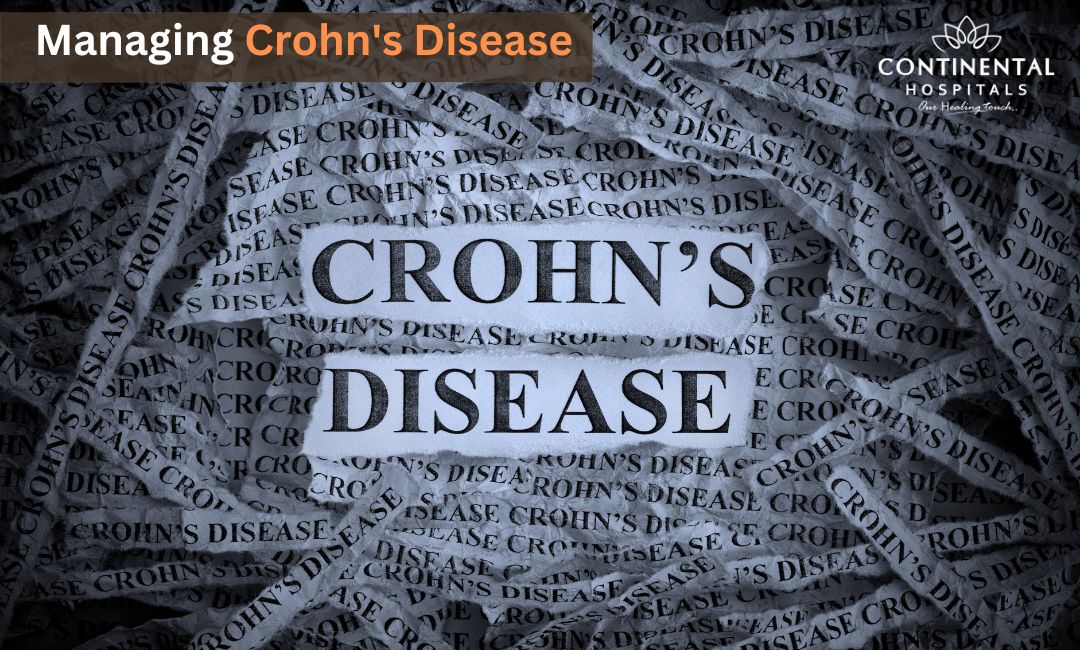Cancer remains one of the leading causes of death globally, but there is growing evidence that lifestyle changes, including regular exercise, can significantly reduce the risk of developing various types of cancer. Exercise not only helps in maintaining a healthy weight but also contributes to a range of physiological changes that are beneficial in cancer prevention. This blog explores how exercise contributes to cancer prevention, the types of exercises most effective in reducing cancer risk, and guidelines for incorporating physical activity into your daily routine.
The Link Between Exercise and Cancer Prevention
Numerous studies have shown a strong correlation between regular physical activity and a reduced risk of certain cancers. The types of cancer most commonly associated with exercise benefits include breast, colon, endometrial, and prostate cancers.
The mechanisms by which exercise reduces cancer risk are multifaceted and include:
Weight Management: Obesity is a well-known risk factor for various cancers. Exercise helps maintain a healthy weight, thereby reducing the risk associated with obesity.
Hormonal Balance: Regular physical activity helps regulate hormone levels, such as estrogen and insulin, which, when elevated, can increase the risk of cancer.
Immune Function: Exercise boosts the immune system, enhancing the body's ability to detect and destroy cancerous cells.
Inflammation Reduction: Chronic inflammation is linked to cancer development. Exercise reduces inflammation and helps maintain a healthy inflammatory response.
Improved Digestion: Physical activity accelerates digestive transit, reducing the time that potential carcinogens remain in the gastrointestinal tract.
DNA Repair: Exercise promotes mechanisms involved in DNA repair, reducing the likelihood of mutations that could lead to cancer.
Types of Exercises for Cancer Prevention
Different types of physical activity can be beneficial for cancer prevention. Here are some of the most effective:
Aerobic Exercise: Activities such as walking, running, cycling, and swimming increase heart rate and improve cardiovascular health. Aerobic exercises are particularly effective in reducing the risk of breast, colon, and endometrial cancers.
Strength Training: Resistance exercises, including weight lifting, help build muscle and reduce body fat. These exercises are beneficial for maintaining a healthy weight and improving overall body composition, both of which are important for cancer prevention.
Flexibility and Balance Exercises: Yoga and Pilates improve flexibility, balance, and muscle strength. While not directly linked to cancer prevention, these exercises contribute to overall fitness and well-being, making it easier to engage in more vigorous physical activities.
High-Intensity Interval Training (HIIT): HIIT involves short bursts of intense exercise followed by rest periods. This type of training is efficient in improving cardiovascular health and aiding weight loss, both of which are important for reducing cancer risk.
Exercise Guidelines for Cancer Prevention
To reap the cancer-preventive benefits of exercise, it is important to follow recommended guidelines for physical activity:
Frequency: Aim for at least 150 minutes of moderate-intensity or 75 minutes of vigorous-intensity aerobic exercise each week. This can be broken down into manageable sessions, such as 30 minutes of exercise five times a week.
Intensity: Include a mix of moderate and vigorous-intensity activities. Moderate-intensity activities include brisk walking or cycling, while vigorous-intensity activities include running or swimming laps.
Variety: Incorporate different types of exercise, including aerobic, strength training, and flexibility exercises, to ensure a balanced fitness routine.
Consistency: Make exercise a regular part of your routine. Consistency is key to achieving long-term health benefits and cancer prevention.
Progression: Gradually increase the intensity and duration of your workouts to continue challenging your body and improving fitness levels.
Integrating Exercise into Daily Life
For many, finding time to exercise can be challenging. However, integrating physical activity into daily life can make it more manageable:
Active Commuting: Walk or cycle to work or school instead of driving or taking public transport.
Exercise Breaks: Take short breaks during the day to stretch or walk, especially if you have a sedentary job.
Family Activities: Engage in physical activities with family members, such as hiking, playing sports, or dancing.
Home Workouts: Utilize online resources for guided workouts that can be done at home, requiring minimal equipment.
Social Exercise: Join a sports team, fitness class, or exercise group to make physical activity more enjoyable and socially engaging.
Barriers to Exercise and How to Overcome Them
Despite the clear benefits of exercise, many people face barriers to becoming more active. Here are some common challenges and strategies to overcome them:
Lack of Time: Prioritize physical activity by scheduling it into your daily routine. Even short bursts of activity can be beneficial.
Motivation: Set realistic goals, track progress, and reward yourself for reaching milestones. Finding an exercise buddy can also boost motivation.
Physical Limitations: Adapt exercises to suit your abilities. Consult a fitness professional or physical therapist to develop a safe and effective exercise plan.
Access to Facilities: Utilize free or low-cost resources, such as public parks, online workout videos, or community fitness programs.
Conclusion
Regular exercise plays a crucial role in cancer prevention by promoting a healthy weight, hormonal balance, improved immune function, and reduced inflammation, among other benefits. Incorporating a variety of physical activities into your routine, following exercise guidelines, and overcoming barriers can significantly reduce your risk of developing cancer. Remember, it's never too late to start, and even small changes can make a big difference in your long-term health. Embrace an active lifestyle and take proactive steps toward cancer prevention today.
Continental Hospitals encourages everyone to embrace a physically active lifestyle as a proactive step towards cancer prevention. By making exercise a regular part of your life, you can take significant strides in reducing your cancer risk and improving your overall health. If you have any questions or need personalized advice on exercise and cancer prevention, please consult with your healthcare provider or visit Continental Hospitals for expert guidance.
Related Blogs:
.webp)







